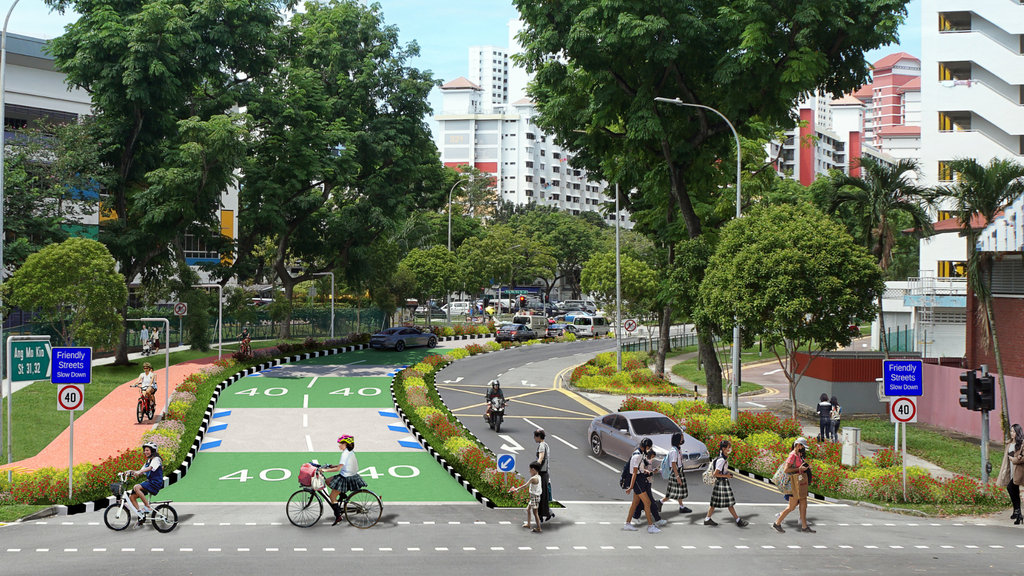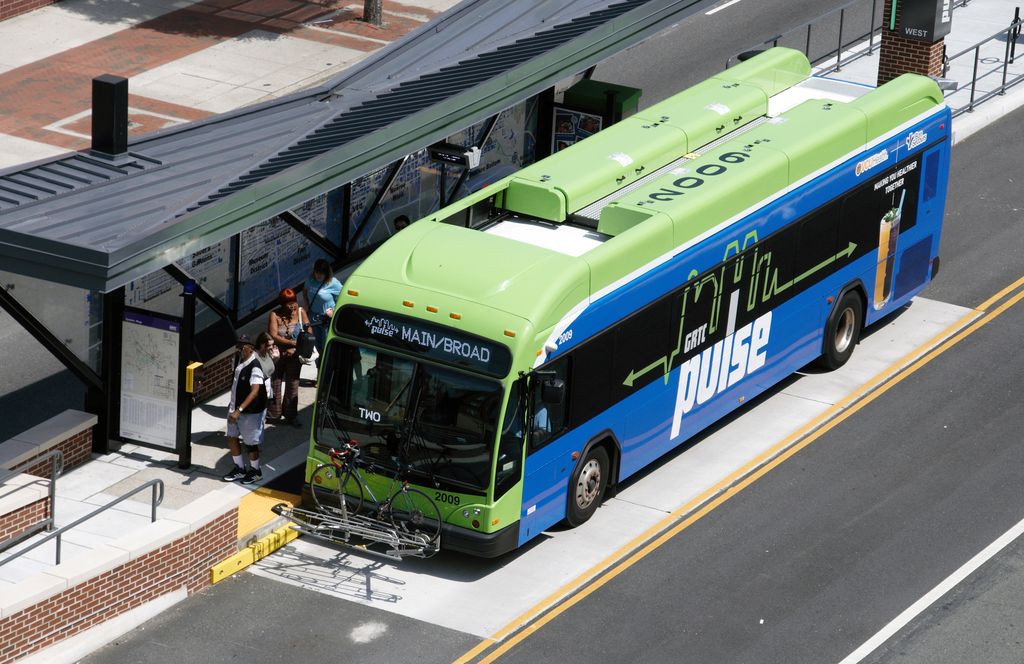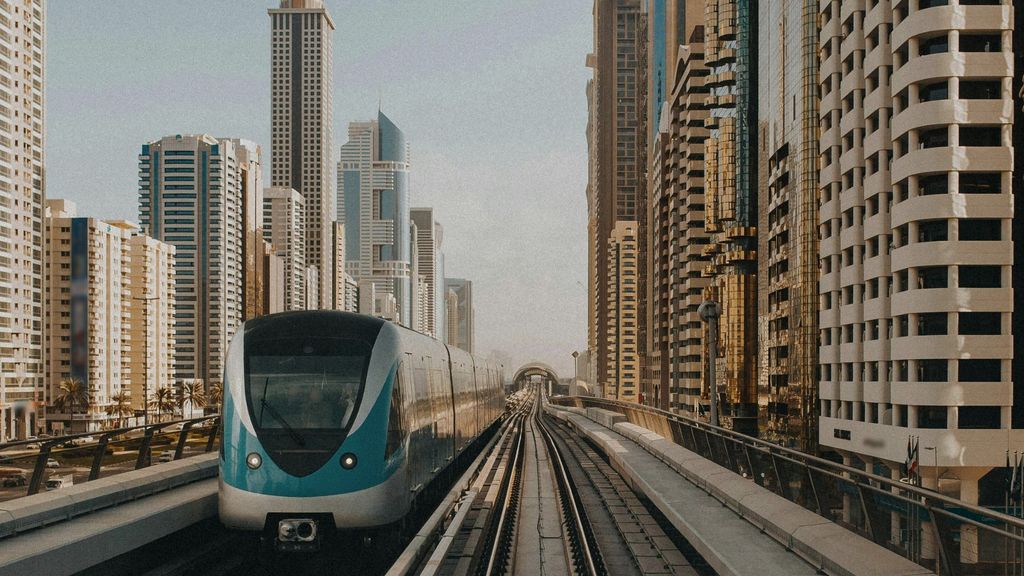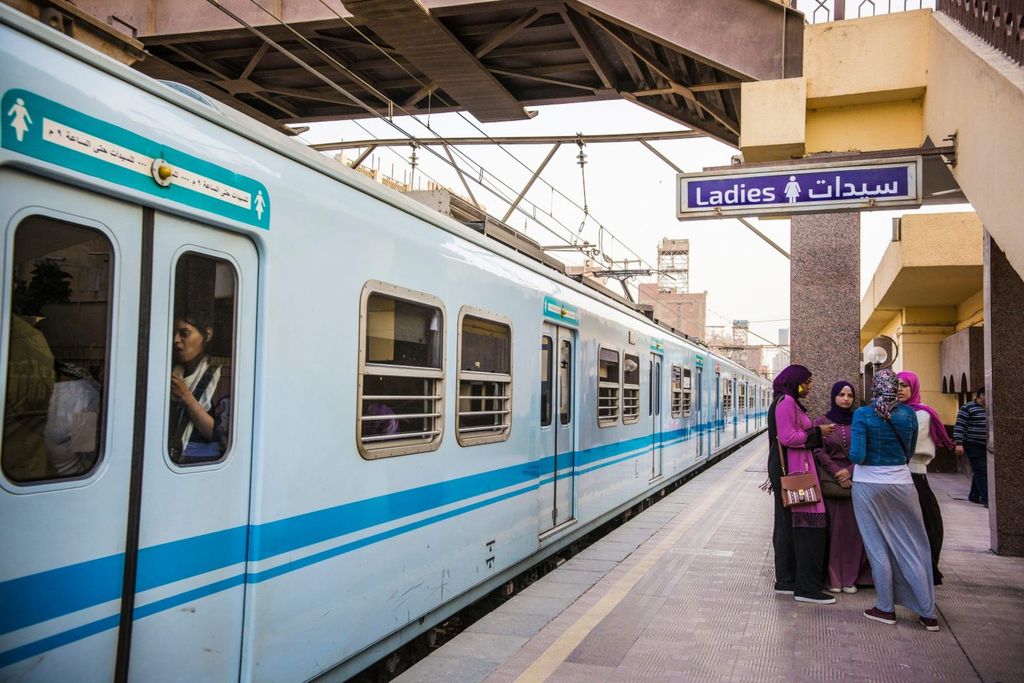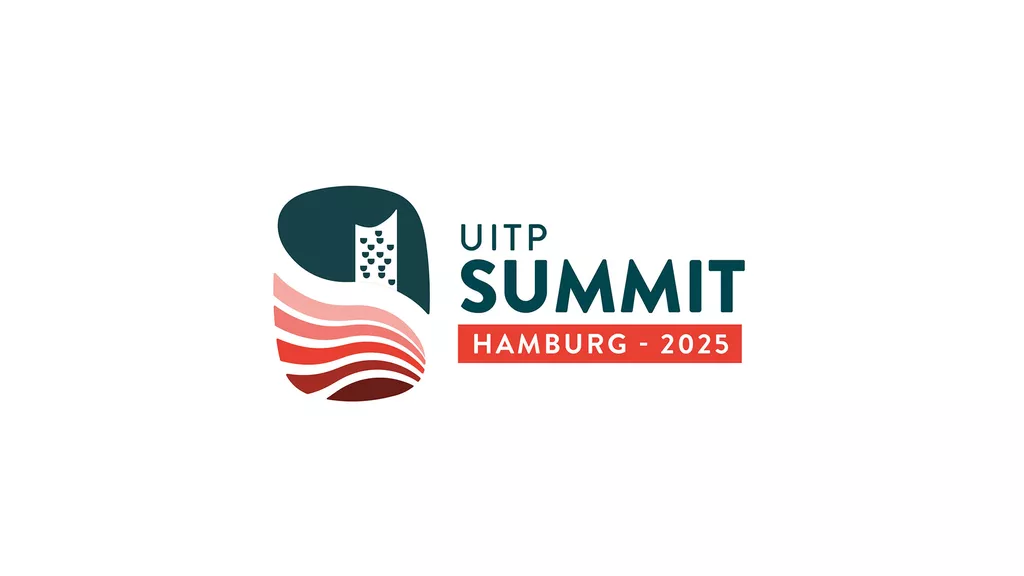
10 Trends Reshaping North American Public Transport in 2024
The trends to watch out for
Ridership rebounding. Workforce shortages. Funding gaps. There is a lot challenging public transport operators and authorities right now, but the state of transit across North America is not all doom and gloom! In fact, there are many opportunities just waiting to be seized by innovative and forward-thinking public transport authorities and operators.
UITP connects public transport experts and professionals to identify key trends and issues and discuss the best solutions in North America and around the globe. In our working groups and committees, we learn what both troubles and inspires the sector. Here are the top 10 trends reshaping public transport across North America in 2024!
#1 Ridership revival
North America’s public transport is coming back. At the end of 2023, ridership data showed that across the United States passenger volumes reached 79% of pre-pandemic levels, owing to a huge 16% annual increase in trips. For the near future, operators and authorities should be prepared for demand to continue rising!
Some cities however remain badly impacted. Detroit, Scranton, Raleigh, Tampa, Philadelphia, and many others have recovered less than half of their prior demand. Even San Francisco struggles at 51% of 2019 levels, with homeworking keeping many office workers away.
There are cities that have found creative solutions. Take Vancouver, Canada – TransLink’s Ride and Shine marketing campaign put leisure trips front and center, leading to a 10% bump in ridership. What’s more, in April 2024 TransLink announced that ridership had rebounded completely.
#2 Huge events promote funding and boost visibility
North America is no stranger to big events and concerts – but two of the world’s biggest and most prestigious tournaments will soon be headed to the continent! In 2026, the soccer World Cup comes to the US, Canada, and Mexico, and in 2028 Los Angeles will host the Olympics.
These huge events can result in massive economic gains for their host cities, but bringing in such crowds means moving them to and from arenas. That’s where public transport comes in! During the previous soccer world cup in Qatar, the country’s capital of Doha showed how key public transport added to the event experience.
Achieving this takes investments in infrastructure, technology, and people. While this funding is a ‘cost’ to the city, the improvement of public transport creates a positive impact for both citizens and the city that lasts long after the event finishes!
Key figures from Doha Metro during the 2022 soccer world cup:
- 59%
of stadium visitors arrived by metro
- 17 million
passengers travelled during the tournament
- 3x higher
ridership than pre-event levels
#3 Autonomous vehicles and robotaxis are on the move
Autonomous robotaxis are no longer science fiction – they serve passengers right now. Already in Phoenix, San Francisco, and Los Angeles, and with testing underway in Atlanta, passengers can jump in one of around 250 robotaxis. These vehicles have already taken passengers across millions of miles, all without a safety driver in the car.
To ensure adoption, legislative authorities and transit agencies will need to work closely to establish a clear framework and nurture public trust for this new technology.
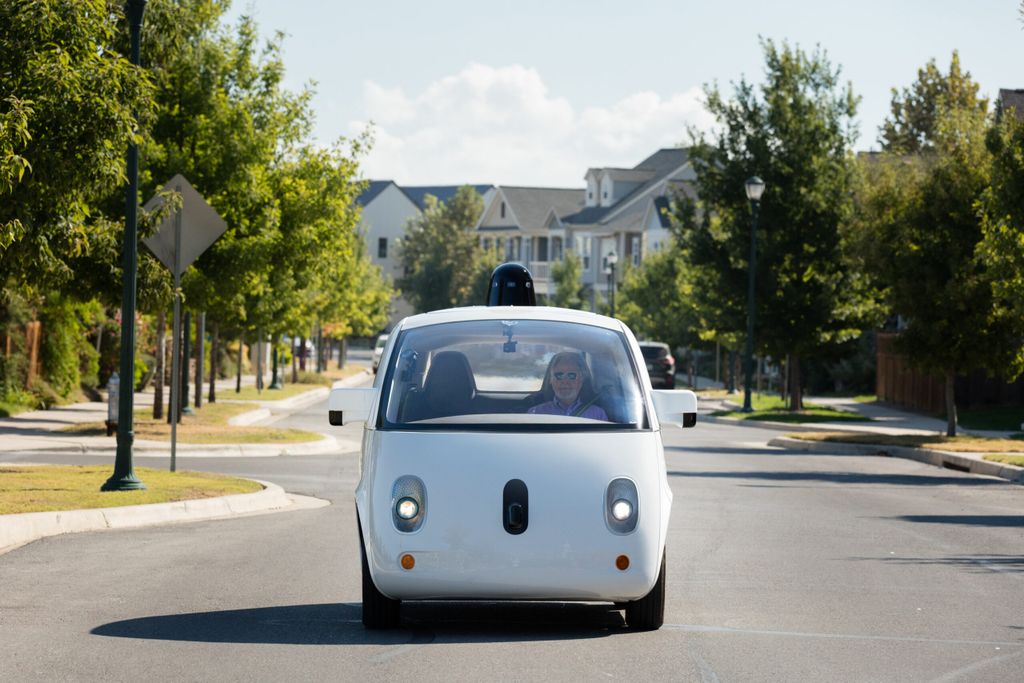

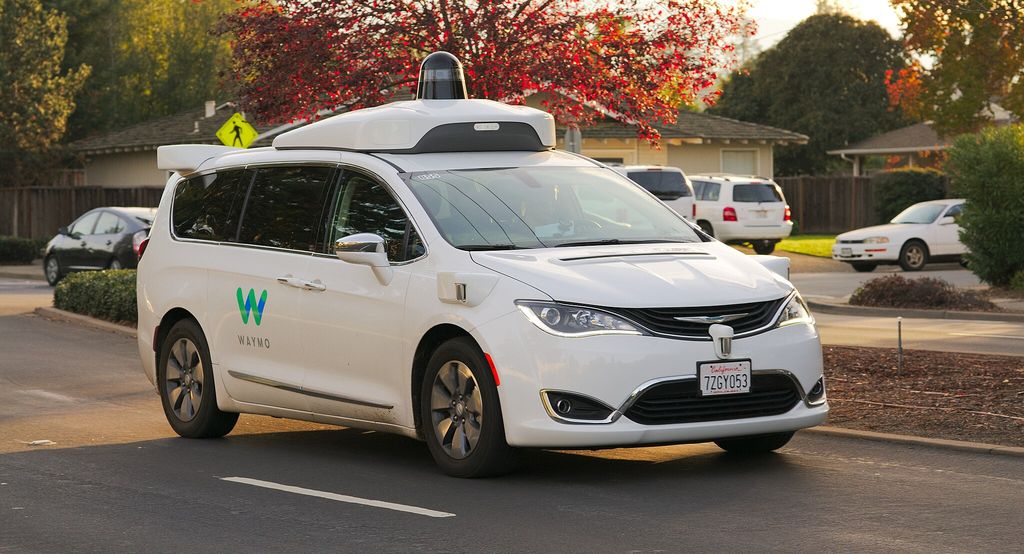
#4 Hire, hire, hire! Workforce challenges
96% of American transit agencies are experiencing workforce shortages. As a result, cities are faced with the prospect of cutting transport services. To avoid this, the sector must attract and retain talent.. Let’s be clear – our sector offers well-paid, stable, and local employment and supports nearly half a million jobs in the United States (that’s about the population of Miami or Minneapolis).
Beyond recruitment drives, promoting a work-life balance and improving job satisfaction are key to creating a resilient workforce.
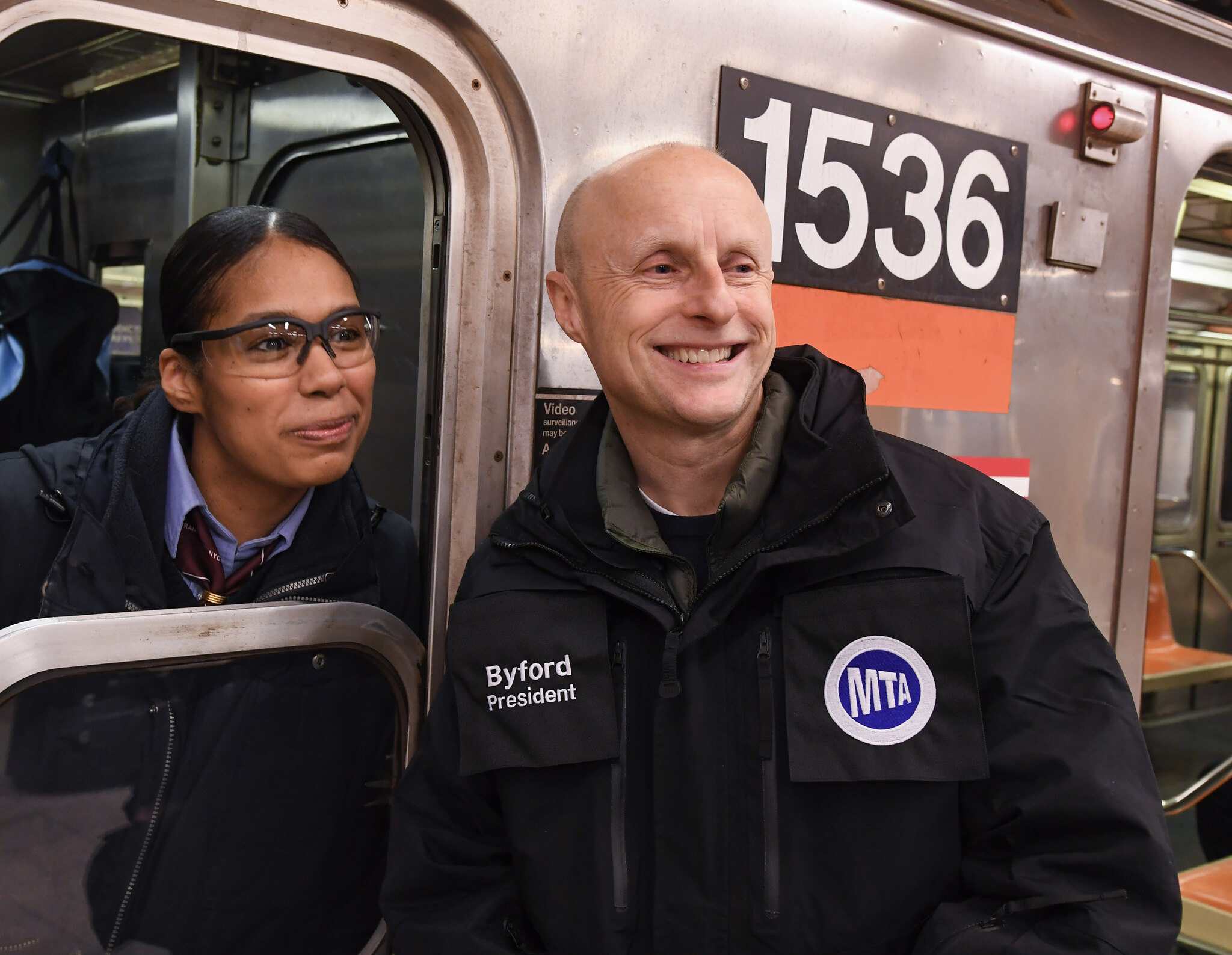
#5 More innovative levies such as congestion pricing
New York City could soon be the first city in North America to launch a congestion charge. What does this mean? The proposal outlines that vehicles entering downtown and midtown Manhattan can expect to pay a fee of around $15.
This kind of policy measure would help reduce urban gridlock at the same time as unlocking funds. In fact, the Metropolitan Transportation Authority (MTA) predicts that the proposed plan would raise $1 billion a year, money that would go towards infrastructure upgrades and even an extension of the subway system.
At the same time, the sector has to provide relief to ensure that mobility remains accessible and inclusive. For their part, MTA would offer discounts/exemptions for low-income households, individuals with disabilities, emergency vehicles, school buses, and other specialized cases.

#6 BRT is redefining rapid transit
Out of the 61 public transport projects earmarked for funding by the US Federal Transit Administration, 40 are Bus Rapid Transit (BRT). And while rail projects require huge investment and new infrastructure, BRT takes advantage of something that North America has in spades: roads.
With dedicated lanes, level boarding, right-of-way, and signal priority, BRTs are nothing like the typical image of a crowded bus stuck in a traffic jam. One of the best examples of BRT in North America is Richmond, Virginia. Look at the figures, and Richmond’s Pulse BRT is impressive.
Thanks to a strategy of investing in effective public transport, Richmond’s ridership is now 5% above 2019 levels – making it one of only ten major metro areas in the United States that has made a full pre-pandemic ridership recovery.
- The Pulse opened in 2018
- Cost less than a tenth of what it takes to build light rail
- Draws 7,000 daily riders
- Ridership is more than double the replaced bus route!
#7 Which is best: hydrogen bus vs electric bus?
Across North America, there is a debate between hydrogen or battery electric buses. Each technology offers unique advantages and implications. To implement either will require significant investment, so the choices made now will have a long-lasting impact.
Hydrogen buses:
- Have a larger range
- Weigh five tons less than an electric bus
- Refuel in under 15 minutes versus eight hours
- Operate better in hilly areas and extreme temperatures
Meanwhile, electric buses offer:
- Easier energy storage
- Cheaper operations and maintenance
- Fewer safety concerns about flammability
- And unlike hydrogen, benefit from widely available clean energy
There’s no single answer to this question! Ultimately, each operator and authority will need to make a choice as to what combination of technology suits their needs and objectives.
#8 Micromobility growth isn’t going away (but it is changing)
Lime’s e-scooter trips hit an all-time high in 2023. At the same time, Bird acquired Spin and in Europe TIER acquired Dott. In short, the market is undergoing big changes. Nowhere is this clearer than in the story of Bird. In December 2023, market-leading e-scooter operator Bird declared bankruptcy. But by April 2024 (a speedy four months later) the company had already bounced back. In the future, Bird says, better cooperation with municipal governments will be key to their future success.
With a collaborative urban planning strategy, micromobility operators can work with authorities to communicate their needs, and in return be better planned to fit into the wider mobility mix so that the sector can contribute to a modal shift away from cars, not from walking or cycling.


#9 How do we blend public and private investment?
Public funding is indispensable for public transport. But government money cannot finance everything alone. That’s when public-private partnerships (PPPs) are valuable. PPPs can help drive innovation and sustainability. For example, the US federal government has invested $1.2 billion in a PPP to build a clean hydrogen hub for Santa Cruz Metro.
Canada is a big advocate of PPPs – the country has 291 active PPPs, making Canada a world-leading user of PPPs. Authorities across Canada are also experimenting with different kinds of PPPs to improve the model, such as alliance and progressive design-build contracts, both of which invite early collaboration from the private sector to drive innovation and take on some of the risks.
Ultimately though, the bedrock of funding in transit is the public purse. Nothing else provides the heft that keeps operations rolling and the certainty that entices the private sector to invest.
“Permanent public transit funding is a transformative investment in the future of Canadian communities. It will help upgrade and expand public transit and active transportation networks to best meet local infrastructure needs across rural, urban, and Indigenous communities.”
#10 Artificial intelligence is shaking everything up (especially service excellence)
Artificial intelligence (AI) changing the game in a positive way. AI can identify potential issues before they become serious problems in a way that humans simply cannot.
More and more cities are exploring how AI can optimize service and maintenance, and the results are encouraging! In fact, a four-month test of an AI maintenance tool for buses performed across three transit agencies in the US and Canada found that the tool cut labor hours by as much as 50%. That means maintenance staff can better find, repair, and prioritize the issues that they identify.
Want to read more?
As a member-led association, UITP’s goal is to share its knowledge with a wider audience to promote better urban mobility for more sustainable cities. If you want to explore more about taking on these and other important trends in public transport, be sure to look through some of our leading publications:
